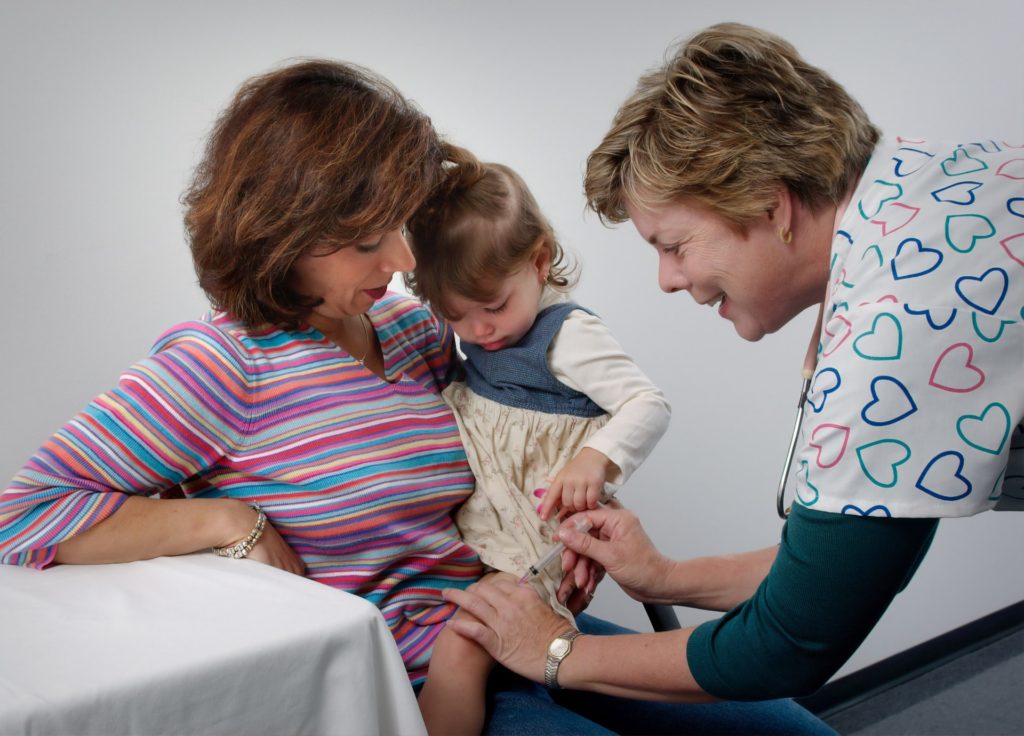As parents or caregivers of some form or fashion, it is sometimes very difficult, possibly even impossible, to know if we have done everything “right” in raising the children in our care. Odds are, we made many mistakes along the way, as virtually everyone does. Of course, as long as the majority of our decisions and interactions were satisfactory, the child should develop healthy relationships and maintain mostly appropriate behaviors. Possibly the most important and often overlooked facet of parenting is our contributions to the child’s attachment style. Attachment is best described as the emotional connections between person and caregivers, often the mother, early in life. An infant’s brain is obviously developing rapidly during the first year of life and their attachment “style” along with it. If we as parents or caregivers are able to meet the child’s basic needs and help them soothe themselves when they are feeling distressed we help them take those first building block steps to being able to build proper relationships with peers around them. Without a doubt, there can be other causes of difficulty in building relationships for children but undoubtedly the ones that can form during the first 12-18 months of life are often the most important because they typically become the template for relationships from the start.
There have been four different types of attachment styles identified to this point by researchers into attachment. As with any type of categorization of human functioning, due to the hugely different types of experiences we all have had they will always be variability between groups. Depending on what people may be going through in a given time period they may seem to fit into a different category than normal. The basic descriptions have been taken from the book Life-Span Human Development by Sigelman and Rider, 5th edition.
- Secure Attachment. Approximately two-thirds of infants exhibit attachment that would be considered secure. Secure attachment typically looks like a infant or toddler who is able to move freely about a room with their mother or father present understanding they can return to the parent’s safety in case of an unpredictable interaction. The youth will exhibit what is know as separation anxiety if the parent leaves the room but will typically return to their baseline mood when they return.
- Resistant Attachment, also called Anxious-Ambivalent Attachment. Children with this style seemingly do not feel secure enough to explore on their own, even when the parent is present, yet show as much or more separation anxiety than the secure child when they leave. Despite their distress, they still seem to be upset when the parent returns. They also seem to struggle to be around strangers even when the parent is present whereas the securely attached group is more able to tolerate interactions with strangers. It is called ambivalent because these children often seem to want the parent to be present but typically seek out little contact with them.
- Avoidant Attachment. The avoidantly attached toddler shows little interest in moving around the room they are in regardless of the presence of their parent. Additionally, when the parent leaves the room, they do not seem to become distressed as children in the previous groups do. Additionally, they show similar patterns of interaction with strangers. They do not seem to seek out comfort or interaction with virtually anyone around them.
- Disorganized/Disoriented Attachment. This attachment style is often observed in upwards of 15% of infants (Sigelman), and is often the style of children with subsequent emotion regulation difficulties (e.g. Atkinson & Goldberg 2004). Children in this category can look both avoidant and resistant at different times. They will often move from wanting to be near them to moving away as if they cannot decide which style is most safe for them in the moment. Basically, they have no really consistent map of relationships to help them create a stable means of understanding social situations and navigating them. Obviously, the severity of these problems can range from serious to severe, especially if there is a history of neglect or abuse involved.
The obvious implication of these problems is that they typically lead to poor relationships in most, if not all, social situations whether it rises to the level of being a “disorder” or not. Oftentimes, children will learn to solve many problems with social links in ways that seem very much related to their attachment style. Many times struggling to make friends or having success making friends but struggling to keep them. As in many types of non-medical mental or emotional problems, early stressors play a part of which the child is not, and probably will never be, aware.
As mentioned above, children with attachment problems typically do not have a template for successful relationships from which to draw and make new relationships. They understandably will use whatever means they have at their disposal to navigate a situation. As someone who has worked with many children with attachment problems, this can often look like playing in the same area as other children but not with them, often called “parallel play.” It can also look like lacking empathy for other people or struggling to “play by the rules.” As negative interactions begin to build up, it can begin to lead to problems with emotion regulation even that may not have been there in the past. These problems are typically anxiety-based in nature but, as with any sudden change in your child’s behavior, it is typically good to schedule a checkup with your pediatrician to make sure the problem is not organic and based in a medical problem.
As with many emotional/mental health problems, many people have opinions on what the problem is and maybe what the problem is caused by but most do not have many answers as to how to combat the problem. As with any mental health issue, psychdomain.com, believes the best time to solve a problem is before it becomes a problem. In other words, the work you do, or don’t do, as a parent or caregiver will not be seen until years later. This is not to say that every child has an attachment problem as most do not; however, you always want to make sure your work as a parent is to strengthen the child’s awareness of social interactions. If you are watching a movie together or at the store, look for moments where you can give the child pointers on how to handle situations you both witnessed. This kind of coaching can be invaluable and is often easier for the child than feeling lectured and judged going over a mishap they may have had in a similar situation. The more you can keep these interactions neutral and informative, the more the child will be able to take in the information in a neutral way.
If the child in your care already has signs of an insecure attachment style, your work will obviously be more difficult but still can be effective. The first thing to keep in mind is to not have a timetable for “curing” them. Most active problems children have did not come into being overnight, and will not be solved overnight.
- Start Slowly. As mentioned in the previous paragraph, always look for calm times to coach and help them and minimize language they perceive as judging them for similar behaviors. The less emotion there is in the discussion, the better for them to perceive it in a positive way.
- Stay Consistent. As with any problem of this type, combating it is often closely tied to keeping the child’s routine as predictable as possible and being as consistent as possible in the way you handle their difficulties. The more stress can be kept a minimum for them, the more they will be able to access their reasoning parts of their brain and find more appropriate ways of coping with stressful situations. Additionally, your child will often be resistant to changes in routine or how you behave in general. Change is almost always a cause of anxiety in the short run. Let them know that you are aware, it is alright, and it will get better.
- Always Be Open. Do not shy away from questions or try to cover up your own difficulties in social situations. If your child can see you, or other adults, struggle in a social situation and use appropriate means to navigate it, it can be a significant learning experience for them.
- Reframe Situations Wherever Possible. Reframing situations can be a very powerful tool for helping your children see issues in a different light. Reframing in its simplest form is saying the same thing in a different way. It is not about making every negative into a positive. In an effective form, it is about making situations perceived as negative and stressful into ones that acknowledge something undesirable happened and work needs to be done to rectify the situation. Often being able to reframe situations effectively can take a situation that may have caused them great anxiety and make it palatable for them. As mentioned in the previous item, your ability to help them see situations differently will help them change their own perspectives.
As is typically the case with children, if they do not have someone to help them stay grounded or reassured, they can easily overreact to a situation and spiral off into more serious problems. The more you can stay in touch with them using these methods, or others that may work for you, the more you can help your child learn to stay more level in their reactions and avoid the highs and lows that can eventuate in emotional problems.

